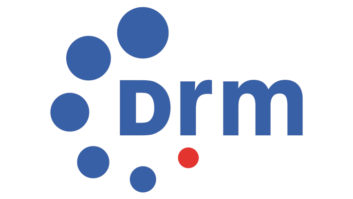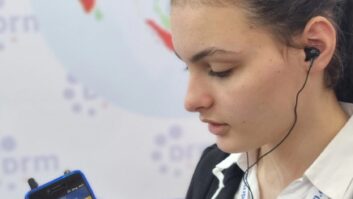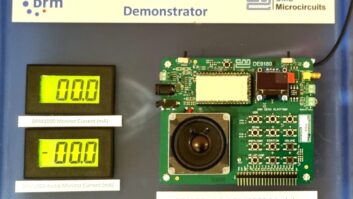JAKARTA�An interesting article, written by Sharad Sadhu, has been published inDRM news.� It discusses, at least in part, results of a DRM test transmission that was recently undertaken.��
From the article: �There is no dispute that digital radio will provide many advantages in Indonesia (as in other countries covering large geographical areas). �To summarize, on the basis of equal transmitter power, the digital coverage is much more extended than the analog coverage. �Alternatively, keeping the coverage same, the power requirement at the transmitter end are substantially lower delivering thus energy cost savings.
�Digital radio (DRM) also provides at least two excellent quality stereo radio channels in the medium wave, using the current state-of-the-art xHE-AAC audio codec technologies. This means that, while there was only one analog radio service possible in each media wave transmitter, with digital radio there are two independent radio services possible. �In addition, each of these radio services is in high-quality stereo. �In layman�s terms, the introduction of digital radio enhances the capacity of the medium wave radio channel fourfold; two- three broadcast channels and one data channel are thus available.
�The implementation of digital radio in the medium wave in Indonesia will offer several substantive advantages. �One of these is that medium wave digital radio offers a huge spectrum resource which can be used to mitigate the shortage of frequency spectrum faced by the Indonesian FM broadcasters in Indonesia. �This means that many digital radio services can be provided by radio broadcasters in the medium wave, some of these either replacing the crowded FM radio services (with lots of interference) or putting out new offerings.
�Secondly, given the large area coverage of digital medium wave radio, it would be practicable and feasible to cover all the population centers and even the less densely inhabited areas, by digital radio in a very cost-effective and sustainable manner. �As against this, offering similar coverage with FM radio would mean a lot of resources in terms of equipment, towers and also much higher energy costs.�
You can read the entire piece here.��












